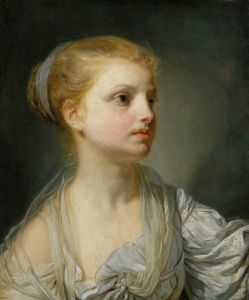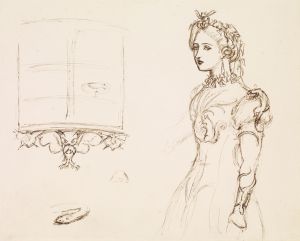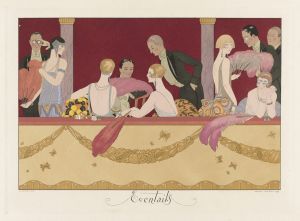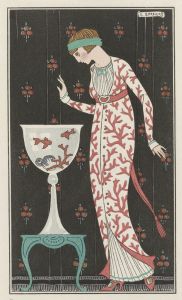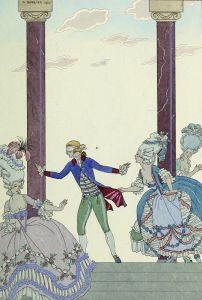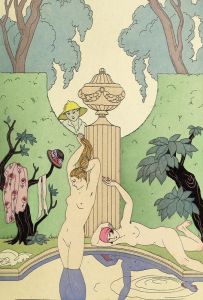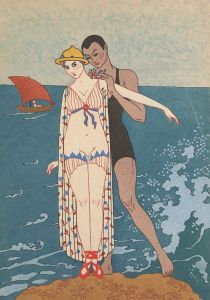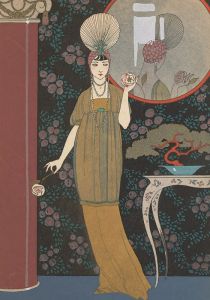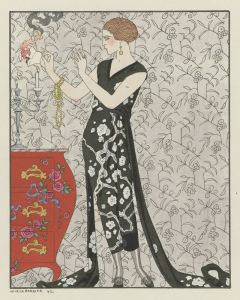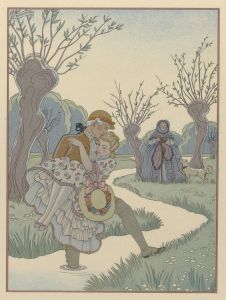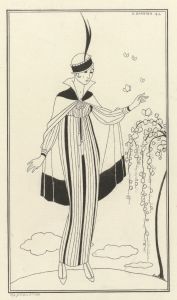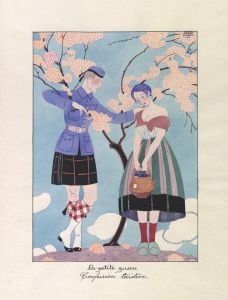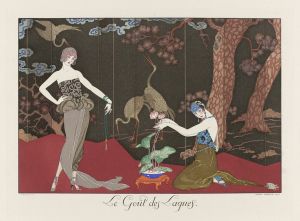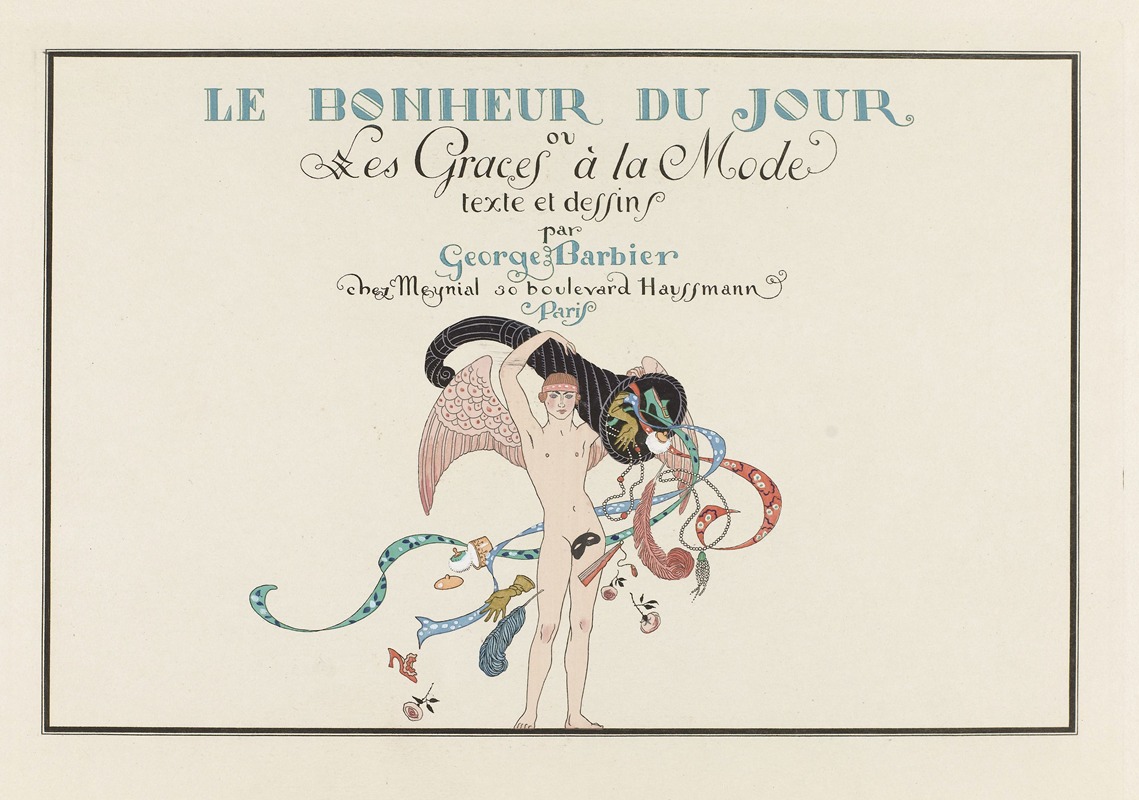
Le Bonheur du Jour ou Les Graces à la Mode
A hand-painted replica of George Barbier’s masterpiece Le Bonheur du Jour ou Les Graces à la Mode, meticulously crafted by professional artists to capture the true essence of the original. Each piece is created with museum-quality canvas and rare mineral pigments, carefully painted by experienced artists with delicate brushstrokes and rich, layered colors to perfectly recreate the texture of the original artwork. Unlike machine-printed reproductions, this hand-painted version brings the painting to life, infused with the artist’s emotions and skill in every stroke. Whether for personal collection or home decoration, it instantly elevates the artistic atmosphere of any space.
George Barbier was a prominent French illustrator and designer, known for his contributions to the Art Deco movement in the early 20th century. His work often featured elegant and stylized figures, capturing the essence of the era's fashion and culture. One of his notable works is "Le Bonheur du Jour ou Les Graces à la Mode," which translates to "The Happiness of the Day or The Graces in Fashion."
"Le Bonheur du Jour ou Les Graces à la Mode" is a quintessential example of Barbier's style, showcasing his ability to blend fashion illustration with fine art. The piece reflects the opulence and sophistication of the 1920s, a period marked by significant social and cultural change. Barbier's work during this time was characterized by its attention to detail, vibrant colors, and a sense of movement, all of which are evident in this particular illustration.
The artwork depicts elegantly dressed figures, likely women, adorned in the latest fashion of the time. Barbier's illustrations often celebrated the female form and the beauty of contemporary clothing, making him a favorite among fashion designers and magazines. His work was regularly featured in publications such as "Gazette du Bon Ton," a leading fashion magazine of the era, which further cemented his reputation as a leading figure in fashion illustration.
Barbier's style was heavily influenced by the Art Deco movement, which emphasized geometric shapes, bold colors, and lavish ornamentation. This influence is apparent in "Le Bonheur du Jour ou Les Graces à la Mode," where the figures are depicted with a sense of grace and elegance, set against a backdrop that complements their attire. The use of color and line in the illustration highlights Barbier's skill in creating a harmonious composition that captures the viewer's attention.
In addition to his work in fashion illustration, Barbier was also involved in designing costumes for theater and ballet, as well as creating set designs. His versatility as an artist allowed him to explore various forms of artistic expression, all while maintaining a distinct style that was uniquely his own. This adaptability is reflected in "Le Bonheur du Jour ou Les Graces à la Mode," where the theatricality of the figures and their attire suggests a narrative beyond mere fashion illustration.
Barbier's contribution to the world of art and fashion was significant, as he helped to define the visual language of the Art Deco period. His work continues to be celebrated for its elegance and sophistication, and "Le Bonheur du Jour ou Les Graces à la Mode" remains a testament to his artistic vision. Today, his illustrations are highly sought after by collectors and are featured in exhibitions that explore the intersection of art and fashion in the early 20th century.
Overall, "Le Bonheur du Jour ou Les Graces à la Mode" exemplifies George Barbier's mastery of illustration and his ability to capture the spirit of an era. Through his work, Barbier not only documented the fashion of his time but also contributed to the broader cultural narrative of the 1920s, making him an enduring figure in the history of art and design.





